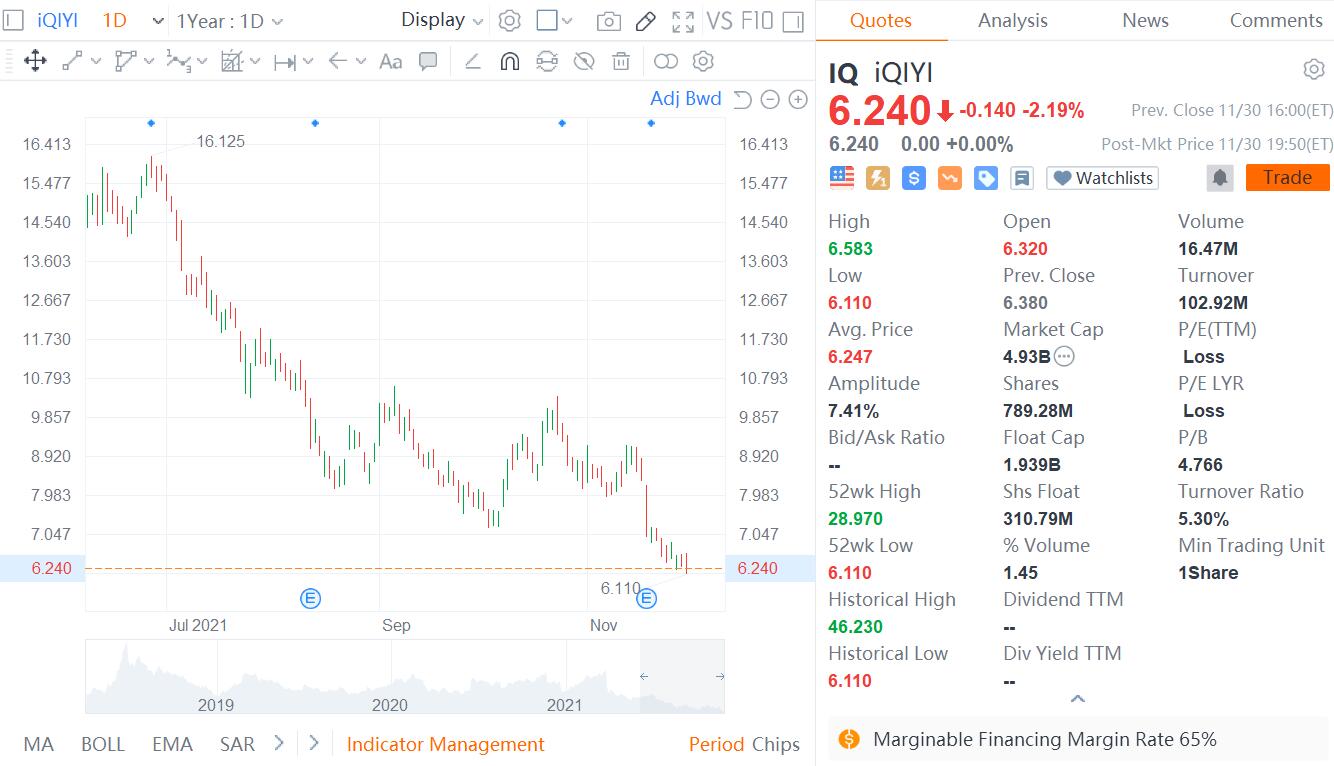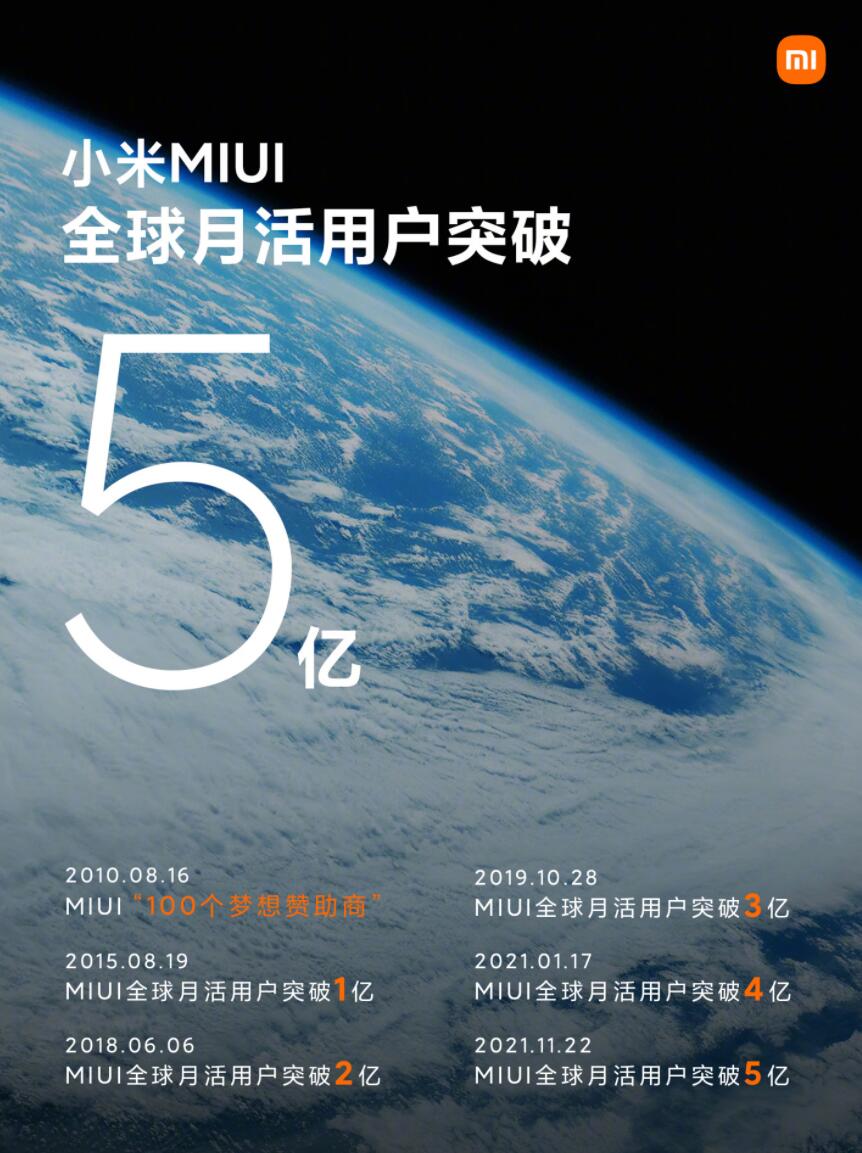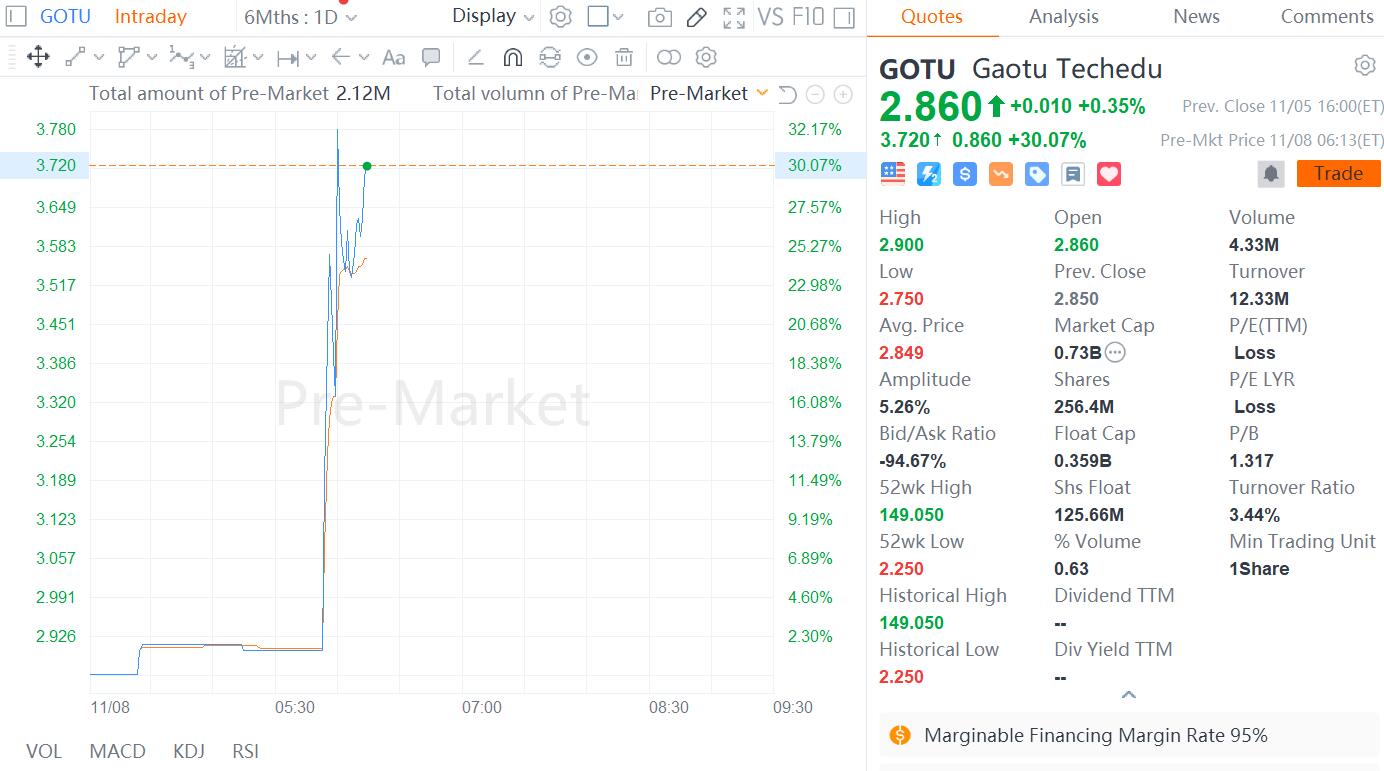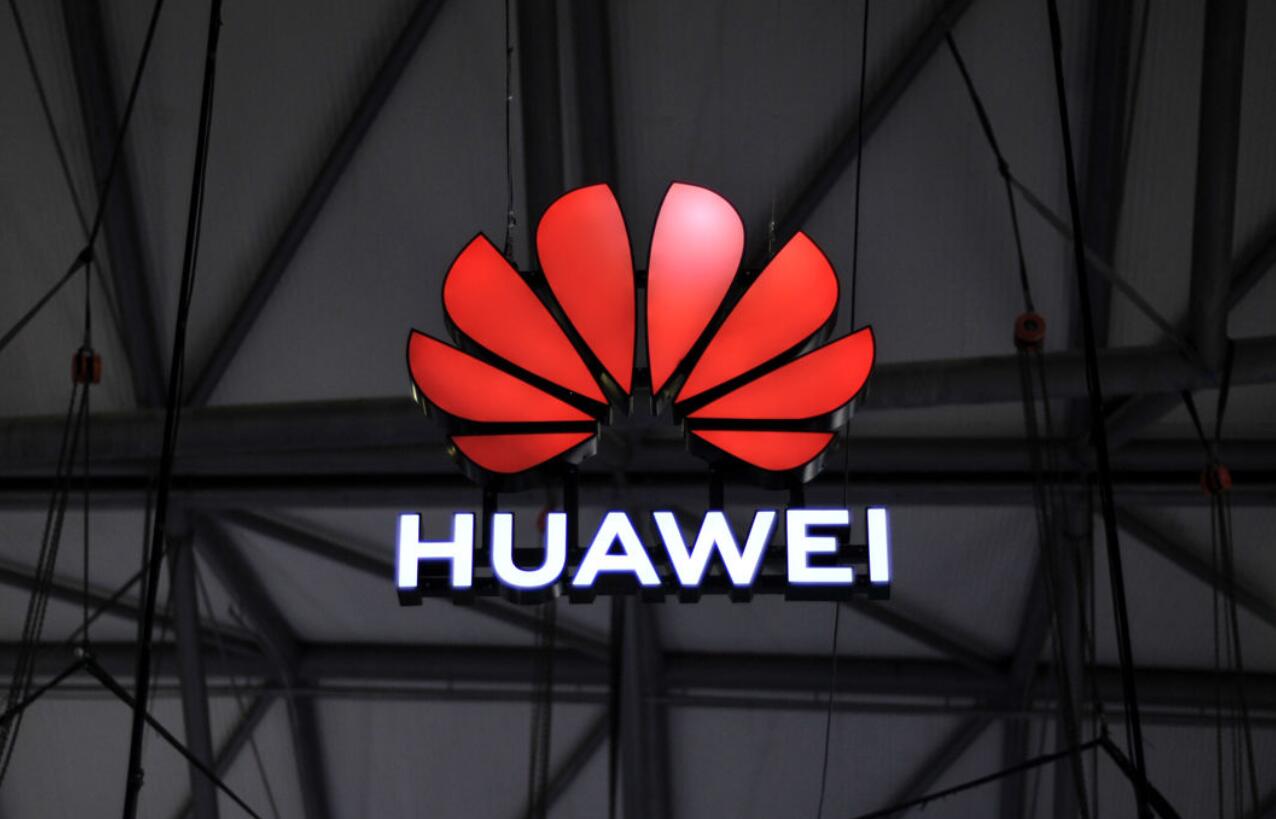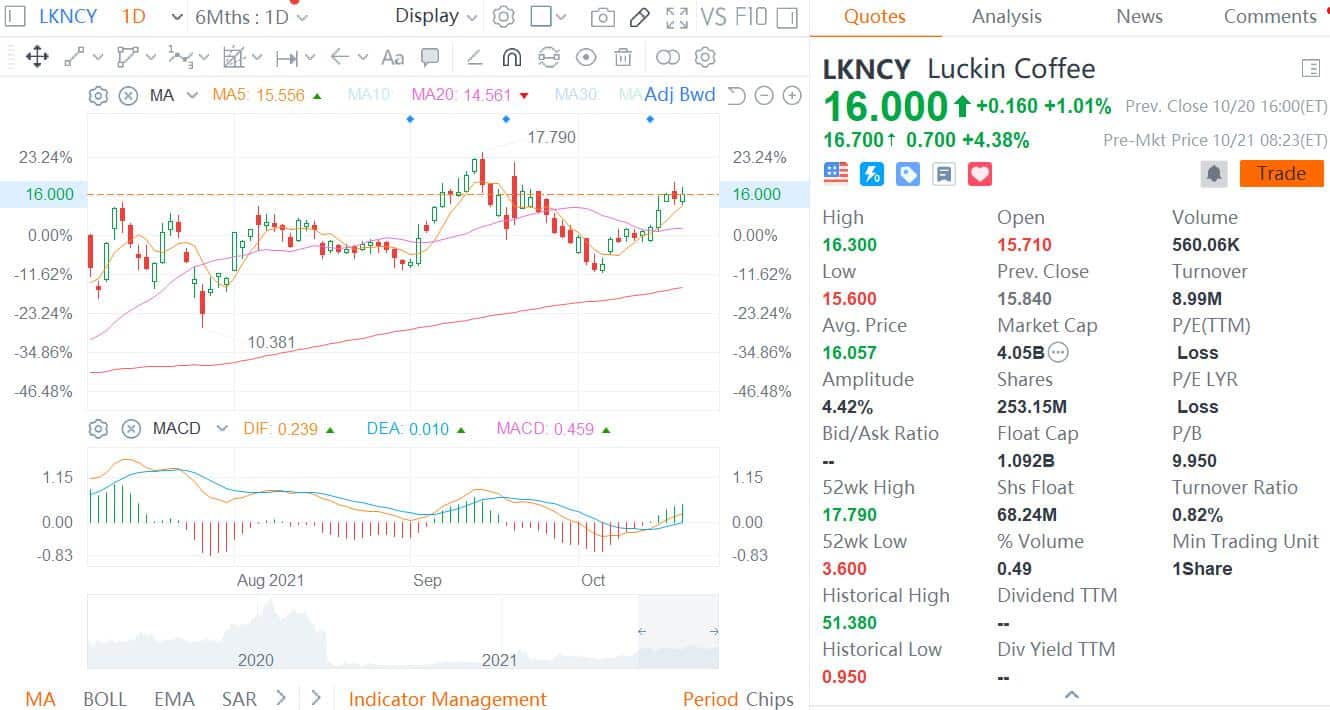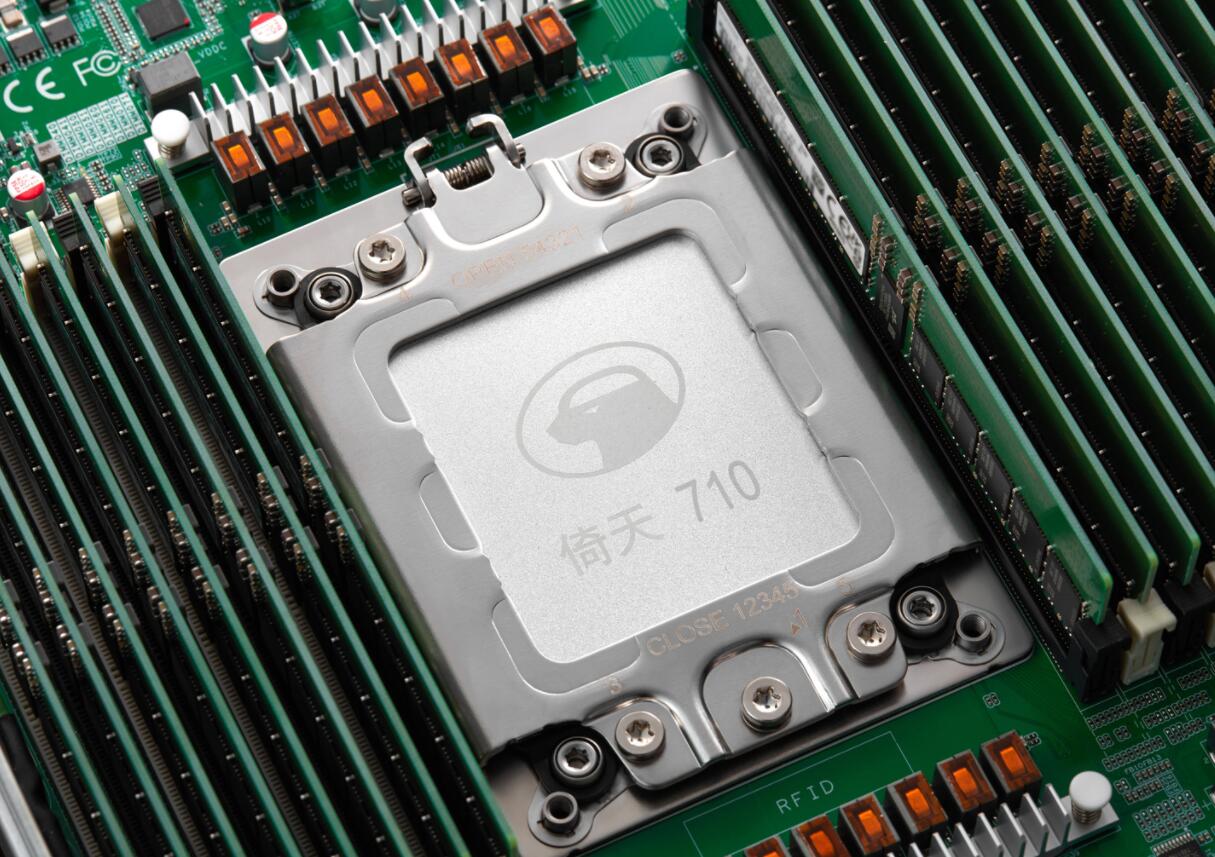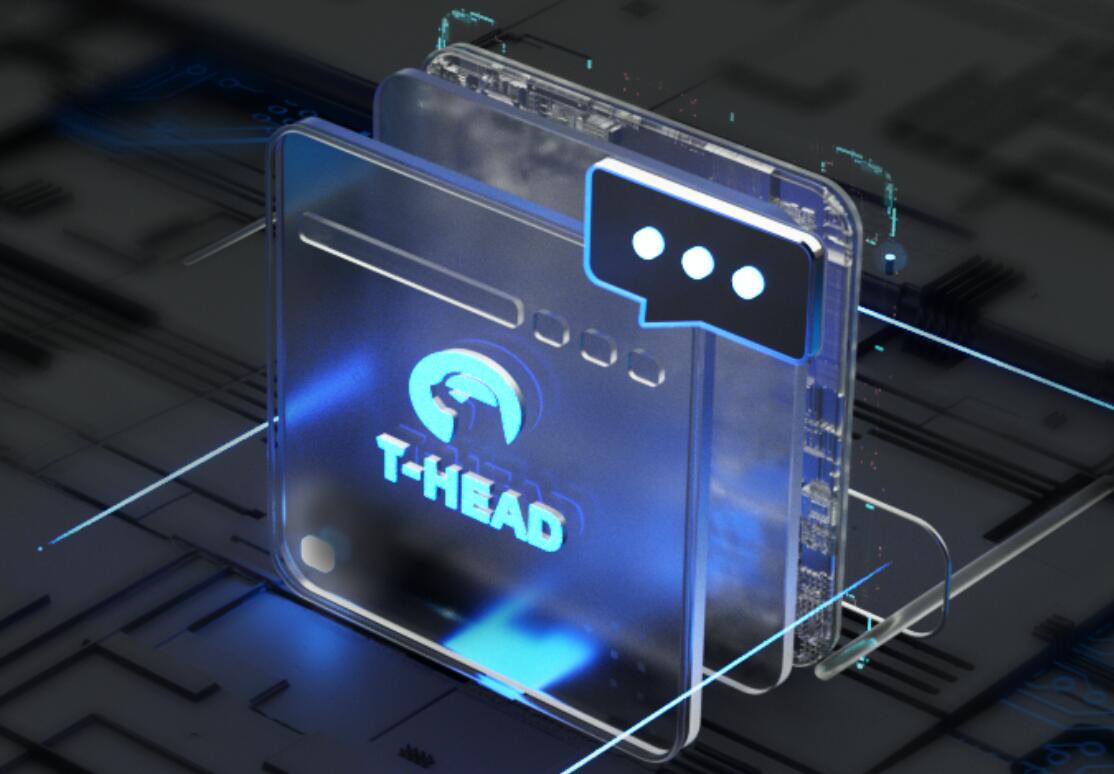Contemporary Amperex Technology (CATL), China's largest automotive lithium-ion battery maker, plans to raise up to 20 billion yuan to invest in 5 projects with the aiming of adding a total of 52GWh of new lithium-ion battery capacity, the company said in a filing on February 26.
The issue price of CATL's non-public offering is not less than 80% of the average price of the company's A-shares 20 trading days before the pricing reference date. As of now, CATL's non-public offering is the largest fund raised since the new refinancing rules.
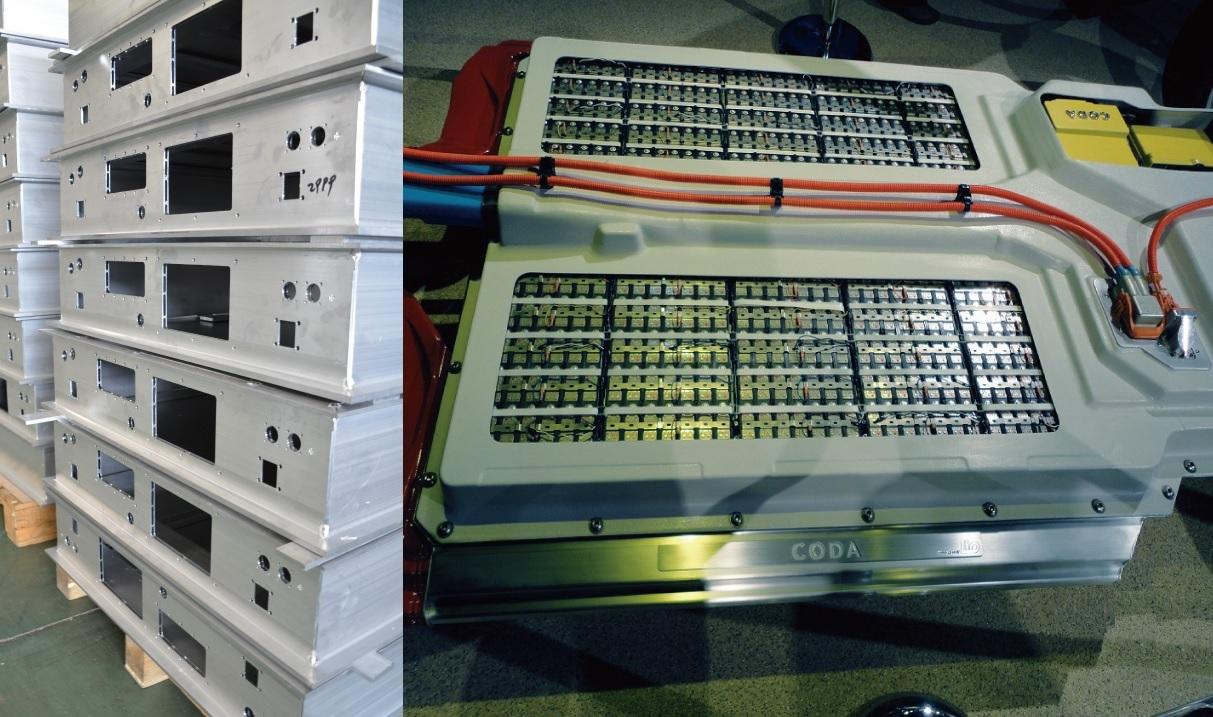
CATL stated in the announcement: "The implementation of this fundraising project is based on the existing main business of the company, combining national industrial policies and industry development characteristics, fully considering the development direction and market demand of the new energy industry. Relying on the implementation of investment plans, the company's overall business will be further expanded. "
It is worth noting that, in accordance with the relevant provisions of the new Chinese refinancing regulations, the CATL's non-public offering is restricted for 6 months.
CATL stated that the target of this non-public offering is no more than 35 specific targets. The final issue object will be determined by the CATL board of directors in consultation with the sponsor (lead underwriter) of this issue according to the offer price of the issue object and the principle of price priority.
The non-public offering will raise no more than 20 billion yuan, and it is planned to invest in 5 projects. Among them, the "CATL Huxi Lithium Ion Battery Expansion Project", "Jiangsu Times Power and Energy Storage Lithium Ion R & D and Production Project (Phase III)" and "Sichuan Times Power Battery Project Phase I" added new annual lithium-ion battery capacity 16GWh, 24GWh, and 12GWh, for a total of about 52GWh.
The announcement shows that CATL's global power battery shipments in 2019 were 32.5GWh, an increase of 38.89% year-on-year.
According to GGII (Institute of Advanced Industry Research), as of the end of 2019, the installed capacity of CATL power batteries was 32.31GWh, and the market share of installed capacity of CATL power batteries increased from 41.27% in 2018 to 51.79% in 2019.
According to estimates in the CATL announcement, the first three projects raised in this fundraising are expected to generate annual revenue of about 34.3 billion yuan and net profit of about 3 billion yuan.
It is worth noting that for 2016, 2017, 2018, and January-September 2019, the combined gross profit margins of CATL were 43.70%, 36.29%, 32.79%, and 29.08%.
CATL said in this analysis: "Since 2017, due to the rapid increase in power battery production capacity and the adjustment of new energy vehicle subsidy policies, the price of power battery systems has increased, causing the company's gross profit margin to decline."
In addition, CATL also disclosed that it intends to use self-funded enterprises to invest no more than 10 billion yuan to build a lithium-ion battery production base project in Ningde Cheli Bay. The project construction period is expected to be 2 years. Planning and construction of power and energy storage lithium battery production lines, with an area of about 1,300 acres (the actual land area will prevail).
Undoubtedly, if all the investment projects are put into production, CATL will continue to widen the distance from other competitors.
In January this year, Tesla announced the addition of CATL and LG Chem as its lithium battery suppliers. As of now, Tesla has a total of six factories.
The production of Gigafactory 3 in Shanghai, China began at the end of 2019. Tesla disclosed that its current weekly production capacity is 3,000 units, which translates into an annual production capacity of approximately 156,400 units. According to the Beijing News, its total production capacity will reach 500,000 units after completion.
Tesla's Gigafactory 4 in Glenhead, Germany is also scheduled to start this year, with a production capacity of 500,000 vehicles expected after completion. This also means that after the factories in Shanghai and Germany are completed, Tesla will add an additional 1 million vehicles.
GGII predicts that by 2025, global new energy passenger car sales will reach 11.5 million units, compared with a CAGR of 31.6% in 2019.
According to statistics from the China Automobile Association, China's new energy vehicle sales accounted for only 4.68% of total vehicle sales in 2019, and according to the "New Energy Vehicle Industry Development Plan (2021-2035)" issued by the Ministry of Industry and Information Technology in December 2019 (solicitation Opinion draft), by 2025, the competitiveness of China's new energy vehicle market will increase significantly, and new energy vehicle sales will account for about 25%.
In other words, if the overall sales of automobiles remain stable, the market size of new energy vehicles will increase fourfold in the six years from 2020 to 2025.
On the premise that the price of power batteries remains stable, this means that the size of the upstream power battery industry will also increase fourfold.


